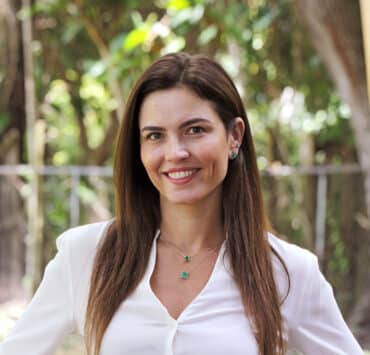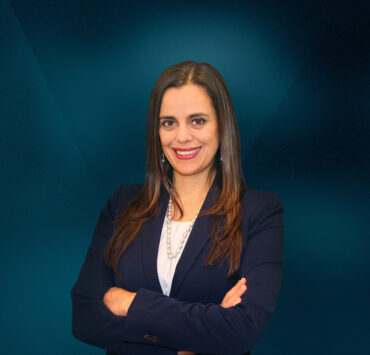|
Getting your Trinity Audio player ready...
|
My friendship with Edra Soto goes back to our graduate school days at the Art Institute of Chicago, where I was an admirer of her work. She had an ability to connect her culture with her art with a subtlety that encouraged curiosity and invited people in. Her art stuck with me. In time, when the idea of bringing the arts into this magazine took shape, reconnecting with Soto to curate Hispanic Executive’s Arts section was an obvious partnership. She already ran a distinguished arts space in Chicago and always prized celebrating other artists.
For the past two years, Soto has thoughtfully showcased the work of Latino artists who are transforming the art world. For our annual Leading Latinas issue, I felt it appropriate to turn the spotlight on her work and showcase our very own curator.
We sat down in Hispanic Executive’s Chicago office to talk about addressing grief in a creative way, finding kindness, and getting back in the studio.
Who are the artists inspiring you right now?
I love all kinds of art, but too many artists to list. I don’t think that is really inspiring, but there’s been a lot of transition and transitional stages in my family, in my life. My mother being ill, and I had two dogs that were close to me who passed. I’ve been addressing grief in a creative way. And I also have been inspired by the coming and going, the constantly traveling to Puerto Rico to see my mom and brother. That is my life. They are my center.
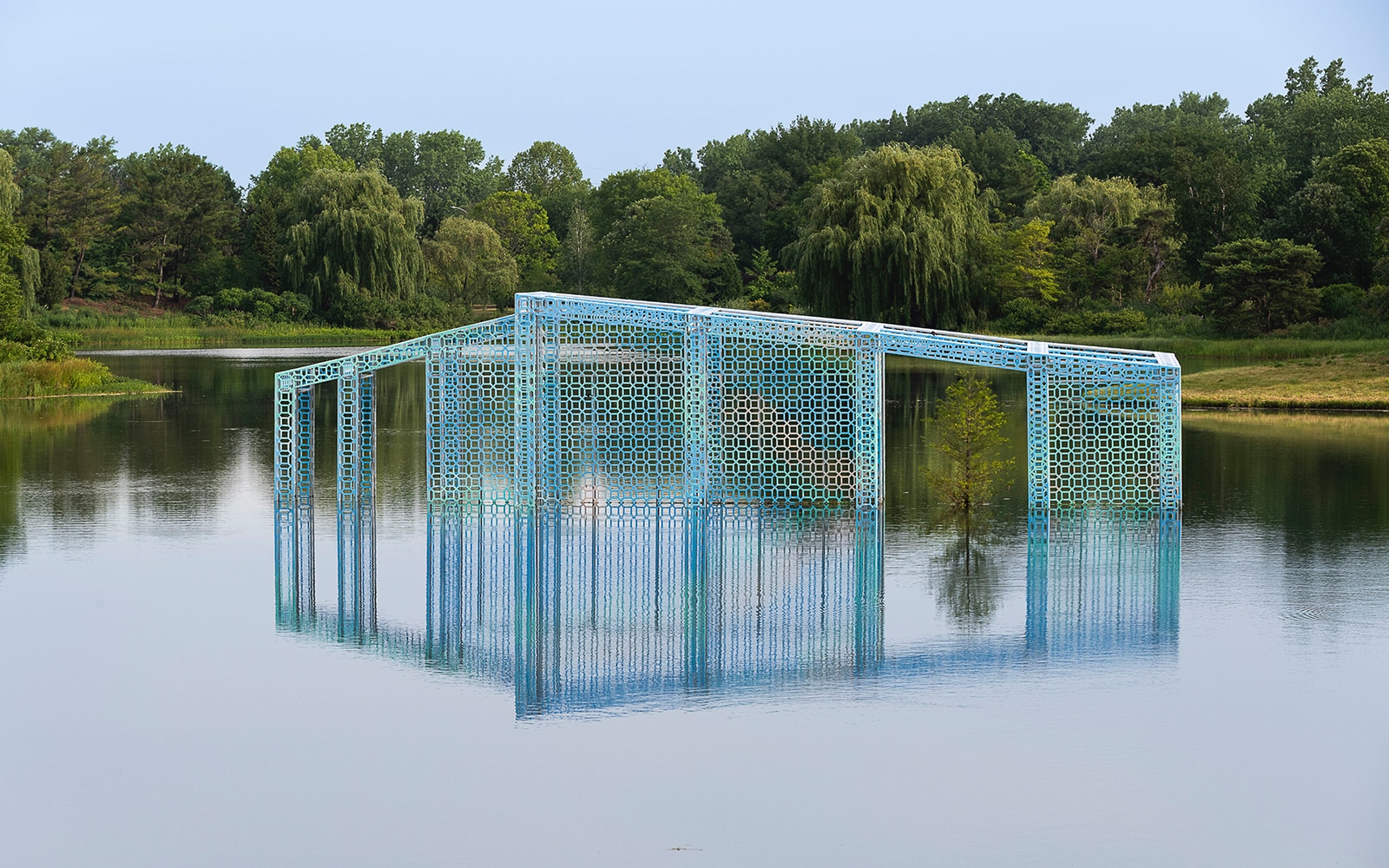
I asked you what artists inspire you and you [shared] your mom’s illness, going home. I’m [perhaps] placing more of a positive emotion on inspiration, because your mother’s illness isn’t something positive.
It’s interesting because everything is motivated by love. I think my love is generative. I feel like I just experienced that through other things that are not my mother. I experience it and then I see, wow, that is it. It heals. It helps.
Through life, in general, it’s the way I try to conduct my life. I run a project space called The Franklin and organizing exhibitions for other artists is very inspiring to me, seeing their involvement throughout the years. This work that I do with you, writing about other artists, is important to me because I couldn’t do this career without celebrating others.
Tell me more about celebrating others.
Art is a manifestation of the most kind of intimate and personal things that you connect to in life. It could be really about anything, right? But those very personal feelings, I couldn’t really validate them if I didn’t understand that they have a place in society. [That’s] their cultural value, [and that’s] what I work on. How do I present them in a way that they speak to others in the larger sense?
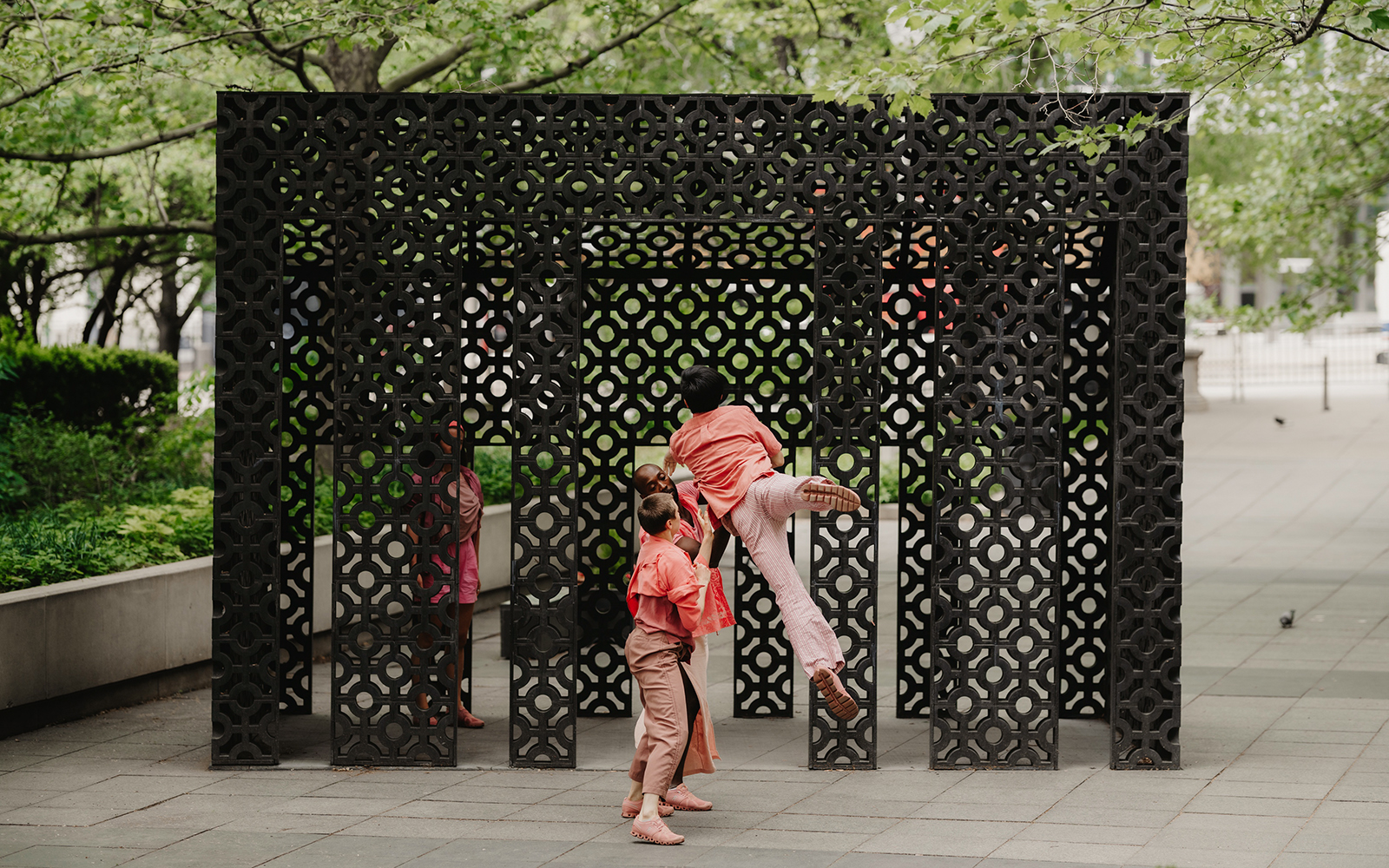
That’s beautiful. I see that connection [in] the work that you did highlighting and thinking about your mom. This act of love and celebration, especially with your mom’s Alzheimer’s.
[That] work that I’ve been doing is about migration and the constant coming and going, the distance. I found a very natural kind of place for manifesting this relationship and under this time between the geographical distance, the physical distance, and [even] the emotional distance that occurs through her illness.It’s daunting. It really changed me. It made me aware that I don’t want anything to compromise the way I feel. The way I feel about things, the way I want to be surrounded by people that truly care, that are kind. There’s a part of the art world that is ruled by things that have nothing to do with kindness.
[There is] this act of traveling to Puerto Rico to get close to the island, your people. [Then there] is this act of creating artwork in celebration of your mom. Do you feel like that’s a way to also get closer to her, or the memory of her?
Yes, I’m not sure how to explain it. Closure? I think it’s seeking closure, but this particular illness doesn’t provide that. So, [this] is an acceptance exercise. I’m able to talk about it because it’s been a long time. It’s been more than a year that it’s very clear, the path, and she’s in a place that provides care and love. That was something that she never stopped recognizing. She wanted affection, she wanted people to hold her, hold her hand.
And when I go visit her, she can look very confused or won’t know who I am. But she looks at one of those nurses and her face lights up. And it kind of gives me peace. Gives me some sort of relief that she’s finding love. That she’s in a place where they’re being very kind to her.
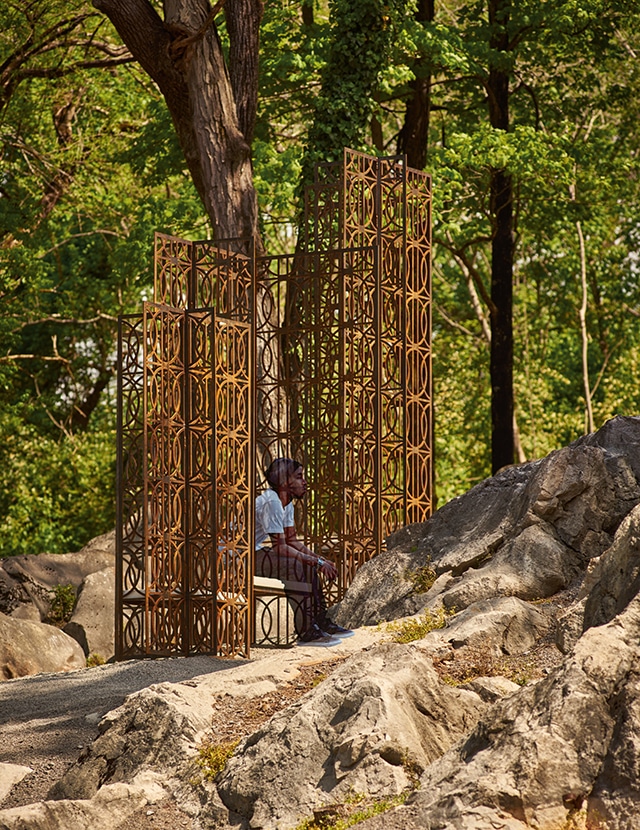
Photo by Bruce Cole.
Did you come from a creative household?
Yeah, my mom became a professional baker, cake maker. She [would] make birthday cakes and quinceañera cakes, wedding cakes. Most of the memories of my childhood are kind of reaching to these wires that she lay out perfectly. She was a perfectionist, which I’m not.
Your art seems pretty precise.
It’s an illusion. I never see it that way. I try to make the best presentation possible but it’s never perfect, and I think I’ve been dedicating myself to reveal the perfect aspects of it in a way that makes sense. That tells the story because sometimes I feel like it actually might be a little diluted by the seemingly perfect appearance.
You’re a curator for projects and shows but, for [our magazine], why have you chosen these artists? What draws you to them?
I was trying to gather the best, the most successful, the risk takers. Artists that are even hard to classify sometimes. These are artists that I think are just remarkable.
For example, the last artista that we highlighted, [her work was] very hard to classify. To put her in a category, she’s a force of her own, she has unique [vision]; she’s talented. I just feel privileged that we are connected through our culture. And she is Puerto Rican, and very easy to drop a line, and [now] we are friends.
So, you’re back in the studio?
Yes, very much. I needed it. I think I’ve been wanting to do that, and I just didn’t know how. Everything is [about] your ability to perform. And I felt really stuck. Like, how do I release this?

Photo by Bruce Cole.
Did you need a reason to get back into studio, or you’re in the studio and it just wasn’t clicking?
It was not. I have to kind of have a belief that [it’s] the right path, the right thing to engage in. And I tend to overanalyze things. So, I’ve been so used to working in projects that have a long-term plan and [through that] come to completion.
[Lately], I’ve been actually generating work inspired by my way of planning. I will do sketches [with] a particular aesthetic, and I’m like, “Wow, I’m going to make artwork that [uses] this way of working.” And, so, I have done that [along] the way. This one is feeling good because I feel I have a clear connection to the work that I’ve been doing all this time. It feels like it’s a part of a transition.Aesthetically?
Yes, using the same elements, I was able to express myself with the material, just creating these narratives that make perfect sense for the kind of work that I’ve been doing in the public art [space]. It’s sort of like, “Oh, I found it! I found that! Yeah, this feels right.”
And then once I started, I was able to kind of completely let loose in the studio. It’s like, “Put this! Take this! Wow, this is so good. Can I do this? How long can I do this?”
Oh, I love that. You’re inspiring me. What’s the work you’re most proud of?
I love my work at the Millennium Park. [The installation] at the botanical garden was special because it integrated an element of the garden. It was a very hard piece. I don’t even think it’s beautiful, [or that it] intends to be beautiful. I’m very proud of it, of what it means, and what it’s trying to do.
And I consider the work at Millennium Park, this screen house, my first proper public artwork that, in my mind, is a moment. It’s a moment that will find a completion when others inhabit it, when other artists activate it. It needs that hand connection to be fully realized. And it’s still there.
It wasn’t meant to be there at this point because [it’s a part of] temporary projects, and those [projects] are dedicated to continue bringing local artists to Millennium Park.
But it went through that pandemia, and it’s still there.
This interview has been edited for length and clarity.

